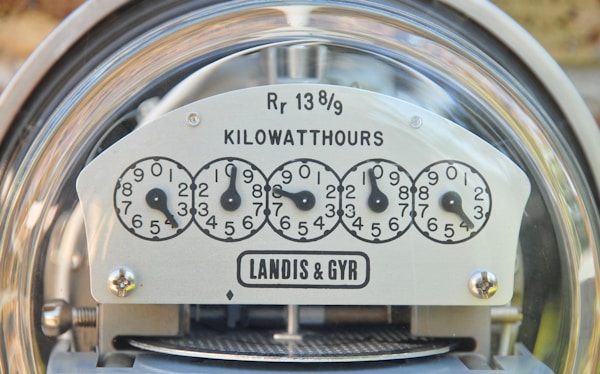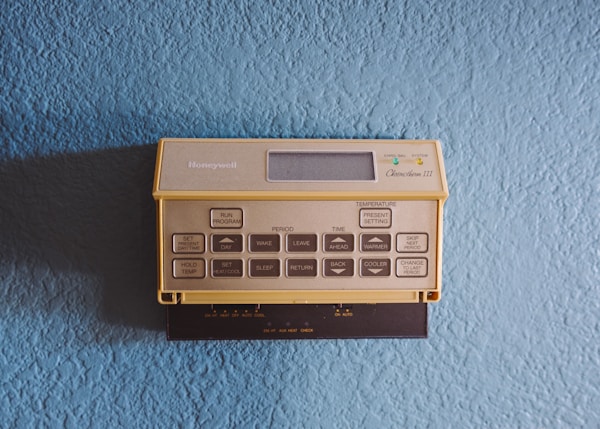If your thermostat is more than 10 years old, it might be time for an upgrade. Newer thermostats are more accurate and can save you money on your energy bill. If your older thermostat is wearing out, you might experience a number of issues.
Have your energy bills been increasing, even though you haven't been using your AC or heat more than usual? Does your AC or heat turn on and off more frequently than it used to? Does your home always too hot or too cold, even when you adjust the thermostat? If you're experiencing any of these issues, it might be time for a new thermostat. Keep reading to learn more about the signs you need a new thermostat.
Increased Energy Bills

If your energy bills have been gradually increasing, even though you haven't been using any more electricity, it could be a sign that your thermostat needs to be replaced. A faulty or outdated thermostat can cause your heating and cooling system to run longer than necessary, using up more energy and driving up your bills.
If you suspect that your thermostat may be the culprit, take a look at it to see if it's showing any signs of wear and tear. If the display is cracked or the buttons are worn down, it's probably time for a new one. You should also check to see if it's accurate by comparing the temperature it's reading to the actual temperature in the room. If there's a big difference, it means the thermostat isn't working properly.
If you decide to replace your thermostat, it's important to choose one that's compatible with your heating and cooling system. There are a few different types of thermostats on the market, so do some research to find the best one for your needs. Once you've installed it, be sure to calibrate it correctly so that it can start saving you money on your energy bills.
HVAC Short Cycling
If your HVAC system is short cycling, it means that it is turning on and off more frequently than normal. One of the most common signs that you need a new thermostat is HVAC short cycling. This is when your system turns on and off more frequently than normal, typically lasting for only a few minutes at a time. Short cycling puts a lot of wear and tear on your system and can lead to decreased efficiency and increased energy bills.
If you notice your system short cycling, it's important to call a professional to diagnose the problem. In some cases, short cycling may be caused by a faulty thermostat, and a new one can be installed to fix the issue. However, it's also possible that short cycling is caused by other issues, such as ductwork problems or a dirty air filter. A professional will be able to determine the cause of the problem and recommend the best course of action to take.
Inconsistent Indoor Temperatures

If your indoor temperatures are inconsistent, it could be a sign that your thermostat needs to be replaced. Inconsistent indoor temperatures can be caused by a variety of factors, but the most common cause is a faulty or outdated thermostat.
If your thermostat is more than 10 years old, it may not be as accurate as it once was. As thermostats age, they can become less accurate, which can lead to indoor temperatures that fluctuate more than they should. If you've noticed that your indoor temperatures are becoming increasingly inconsistent, it's a good idea to look at your thermostat.
Another common cause of inconsistent indoor temperatures is a dirty or dusty thermostat. If your thermostat is covered in dust, it can prevent it from accurately reading the temperature of your home. This can lead to your thermostat turning on and off more frequently than it should, which can cause indoor temperatures to fluctuate.
If you suspect that your thermostat is the cause of your inconsistent indoor temperatures, it's a good idea to have it inspected by a professional. They can help you determine whether your thermostat needs to be replaced or if it just needs to be cleaned.
Overall, your home thermostat is an important part of your HVAC system. If your thermostat is not functioning properly, it can lead to increased energy bills and even risk the health of your equipment. By being aware of the signs that you need a new thermostat, you can ensure that your home is as comfortable as possible and that you are not wasting money on your energy bills.






